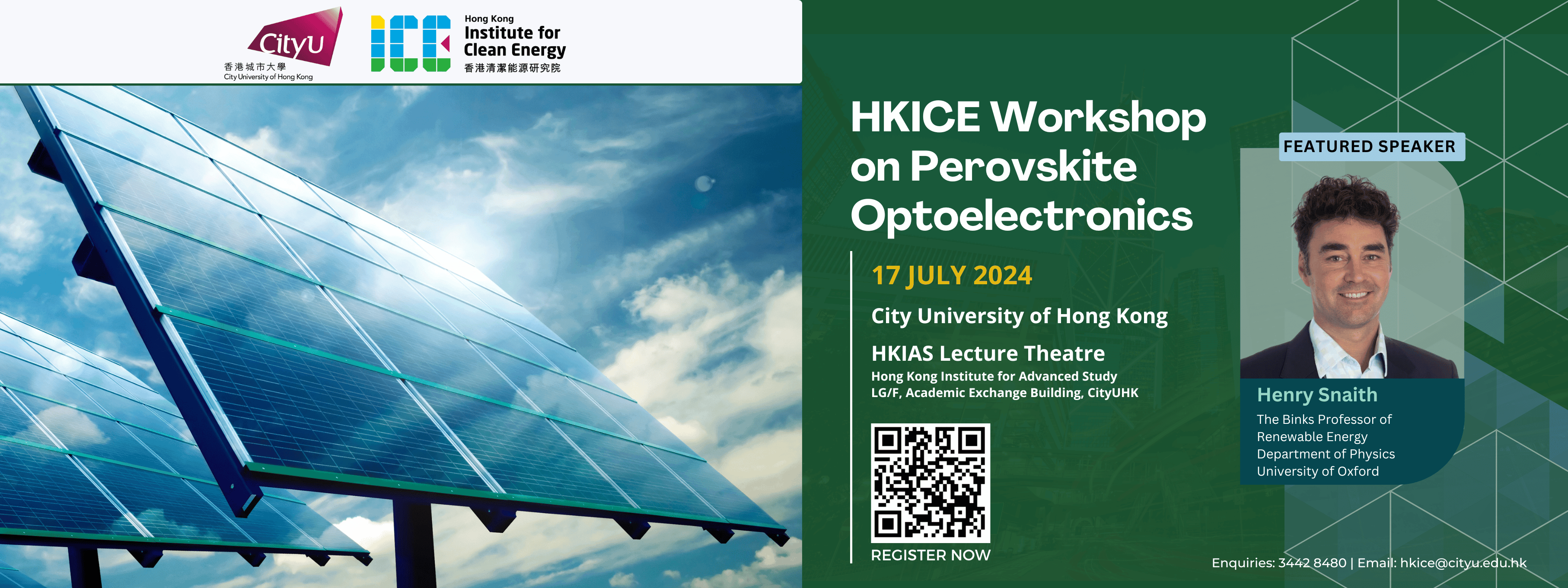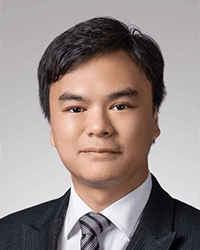Invited Speaker
Biography
Angus Hin-Lap Yip joined the Department of Materials Science and Engineering and the School of Energy and Environment at the City University of Hong Kong as a Professor in 2021. He has also served as the associate director for the Hong Kong Institute for Clean Energy since 2022. He is an elected member of the Hong Kong Young Academy of Sciences. From 2013-2020, he was a Professor at the State Key Laboratory of Luminescent Materials and Devices (SKLLMD) and the School of Materials Science and Engineering (MSE) at the South China University of Technology (SCUT). He got his BSc (2001) and MPhil (2003) degrees in Materials Science from the Chinese University of Hong Kong (CUHK), and completed his PhD degree in MSE in 2008 at the University of Washington (UW), Seattle. His research uses an integrated approach combining materials, interface, and device engineering to improve polymer and perovskite optoelectronic devices. He has published over 300 scientific papers with citations of ~43000 and an H-index of 105. He was also honored as ESI “Highly Cited Researcher” for 10 consecutive times from 2014-2023.
Can Perovskite LEDs Lead the Way in Lighting, Communication, and Lasing Applications?
Angus YIP
Department of Materials Science & Engineering
Hong Kong Institute for Clean Energy, City University of Hong Kong, Hong Kong SAR, P. R. China.
Abstract
Metal halide perovskite light-emitting diodes (PeLEDs) show immense promise for next-generation lighting, display technologies, and visible light communication, but face significant challenges. Our research attempts to address these issues through innovative strategies. For green PeLEDs, we utilize interfacial chemistry-assisted in-situ growth of high-quality perovskite films, achieving ultra-low trap densities comparable to single-crystal films. This significantly enhances charge transport and minimizes interfacial emission quenching, leading to substantial improvements in brightness, operational lifetimes, and efficiency, with promising results also observed in lasing applications. Blue and white PeLEDs present additional challenges, such as stability, efficiency, and color purity. To address these, we introduce a self-assembled monolayer (SAM) with functional hole injection properties, significantly improving interfacial adhesion, reducing trap density, and optimizing energy levels. Furthermore, we achieve high-quality white PeLEDs using a downconversion approach. These advancements pave the way for brighter, more efficient, and faster-responding PeLEDs, expanding their potential applications in various fields, including visible light communication and lasing.

